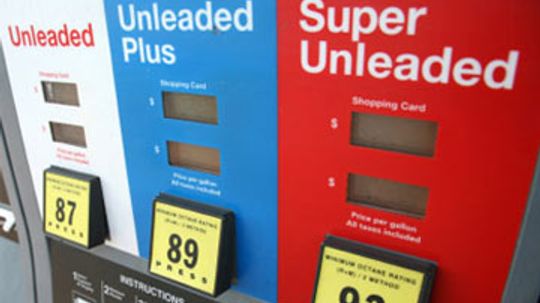Hey there, folks! Buckle up because we’re about to dive into the nitty-gritty of compression ratios and octane ratings. Get ready for a wild ride!
The Deal with Compression Ratios
Alright, let’s break it down. Compression ratio is basically how much your car’s engine squeezes the air-fuel mixture before igniting it. It’s like giving that mix a big ol’ bear hug before setting it on fire.
A higher compression ratio means more squeezing power, which leads to better fuel efficiency and performance. Think of it as flexing those muscles in your engine – the higher the ratio, the stronger they are!
But hold on tight! Too high of a compression ratio can cause knocking or pinging sounds in your engine, which ain’t cool at all. So you gotta find that sweet spot where everything runs smooth like butter.
The Scoop on Octane Ratings
Now let’s talk octane ratings – these babies determine how resistant your fuel is to knocking. It’s like having an army of bodyguards protecting your precious engine from any unwanted noise.
An octane rating tells you how much compression a fuel can handle without going boom prematurely. Higher-octane fuels have more resistance to knockin’, so they’re perfect for engines with high compression ratios.
If you got yourself a fancy sports car or a beastly muscle machine, go for that premium gas with high-octane ratings – trust me, your ride will thank ya later!
The Bottom Line
To sum it all up – when choosing between different fuels at the pump station (or “petrol pump” as we say in India), keep an eye on those octane ratings. Match ’em up with your engine’s compression ratio, and you’ll be cruisin’ smooth like a boss.
Remember, folks, finding the right balance between compression ratios and octane ratings is key to keeping your engine happy and performing at its best. So go out there, rev that engine, and enjoy the ride!


